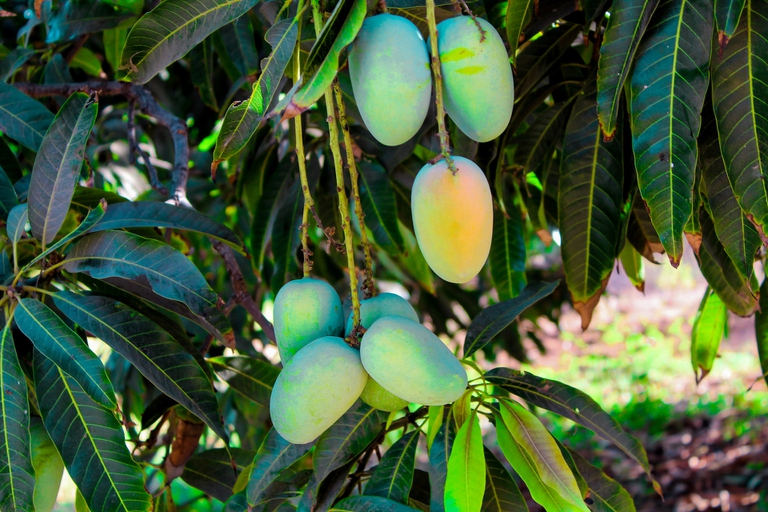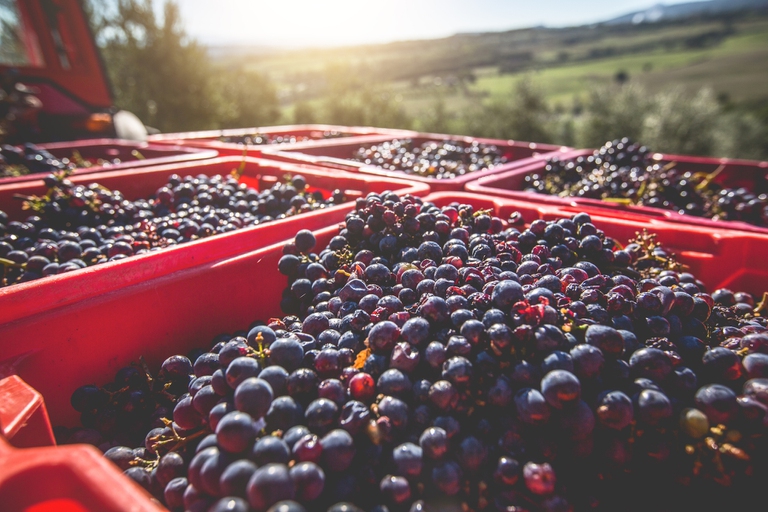https://www.lifegate.it/frutta-tropicale-coltivata-italia
- |
- Between Sicily, Puglia and Calabria over a thousand hectares of land are cultivated with tropical fruit.
- Oil and wine production moves further north.
- Farmers adapt to climate change, but mitigating it requires sustainable agricultural management.
It seems strange to say, but in Italy, at the beginning of September the harvest began mango.If until recently the availability of this fruit depended on its cultivation tropics, particularly in southern Asia, for some years now Italian mangoes have also been found on the market.They are the effects of climate changes on agriculture which - as explained by Coldiretti - are radically changing the production map, including that of tropical fruit.

From mango to avocado:a thousand hectares of exotic fruit in southern Italy
The cultivations of exotic fruit among Sicily, Puglia And Calabria have tripled in the last five years and have exceeded the thousand hectares:mango is produced, but also avocado, bananas, passion fruit, anona, feijoa, casimiroa, black zapote, litchi which often replace the citrus fruits, less profitable:according to Coldiretti, in the last 15 years in Sicily, where the mango harvest continues until November, the land cultivated with oranges decreased by 31 percent, that of mandarins of 18 percent, that of lemons by as much as 50 percent.The climate changes, agriculture changes and this is the result of global warming and the hottest years of the last two centuries, 2014, 2015, 2018, 2019, 2020, 2022 and 2023:the current year is recording a temperature 0.67 degrees higher than the historical average, among the highest ever recorded since 1800.
More oil in northern Italy and early harvest
Agriculture in the north is also changing with oil And wine products a increasingly northern latitudes.It is located in the province of Sondrio, the last frontier of Italian olive oil:according to Coldiretti, in the last ten years in Valtellina we have gone from zero to around ten thousand plants, on almost 30 thousand square meters of land.There harvest starts already at the beginning of August, compared to the traditional first days of September:the grapes ripen earlier and are sweeter.

Is Italian tropical fruit sustainable?
The availability of Italian tropical fruit certainly allows for savings in terms of emissions and pollution related to transport and it must be considered that the fruits are harvested in their ripening period, at their best organoleptic qualities.It is then a source of income for farmers who have invested in it, but it must be said that it is not enough to adapt to climate change, it is necessary to combat and mitigate it.We need programming that, for example agroecological practices, organic method and precision agriculture, allows a correct water management, preserve the health of soil and protect them there biodiversity so as to be able to obtain long-term benefits from these new crops without causing damage to the environment and the climate.
